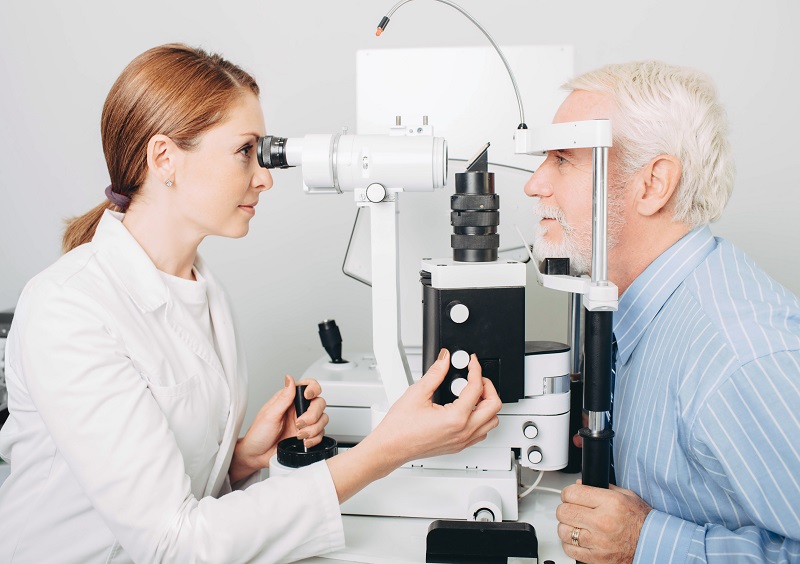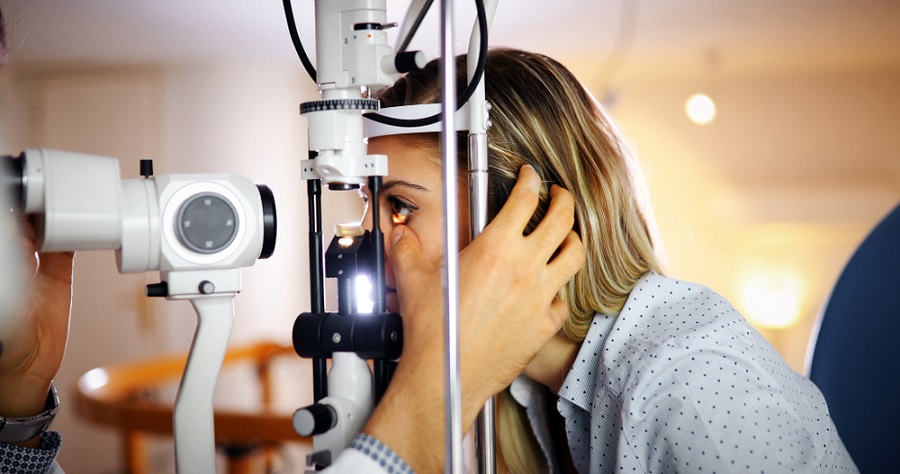Tools That An Optometrist Uses For Eye Testing

Medical sciences have advanced so much that eye conditions can be easily diagnosed even before they start showing any symptoms. Due to this, treatment can be started in time before it gets too late and the condition becomes irreparable. But for such advanced diagnosis, a few specialised tools are needed that allow the optometrist to directly look into the patient’s eyes and diagnose the condition. Here are a few optical tools that a specialist may use to check your eye condition and devise a treatment plan.
- Phoropter: This tool is commonly used to measure refractive error in your eyes and determine your eyeglass number. During the eye test, the optometrist will ask you to look at an eye chart from some distance. Then they apply different lenses in front of your eyes and ask you to tell which lens is helping you to see the best. This kind of eye test is subjective in nature and depends on your own feedback of vision. If you say yes to the wrong lens, you may end up with a pair of wrong eyeglasses.
- Tonometer: This is an age-old device that is used for measuring fluid pressure inside the eyeballs. The optic nerve can seriously get damaged if this pressure increases too high beyond the maximum limit. This damage leads to a condition called glaucoma. First the optometrist will instil numbing drops into your eyes, and then gently touch the tonometer to your cornea to measure the eye pressure. Some air-puff tonometer types can also measure this pressure by blowing air into your eyes.
- Retinoscope: This is another tool used by an optometrist to measure refractive error in a patient’s eyes. If the patient is not able to provide feedback due to any physical or mental ailment or if the specialist does want to rely on the patient’s feedback alone, then they may choose to use a retinoscope for a better decision. This tool comprises of a mirror that has a hole in its centre. The mirror shines light into your eyes and the specialist examines your eyes’ reaction through the hole.

- Auto-refractor: This device is also used for measuring refractive error in the eyes, so that appropriate lenses can be prescribed to the patient. You are required to sit in front of the machine and investigate a lens. This lens has an image at the other end that moves focus for a few seconds. The machine identifies automatically when the image settles on the retina and takes the readings accordingly. Eyeglass prescriptions are made based on average of these readings.
- Ophthalmoscope: This is another useful tool that can examine an eye’s interior parts. It has in-built lenses and mirrors that have a light source to examine the retina. The optometrist first dilates your eyes with eye drops, after which they can properly view your eye’s interiors. With further eye test, they can identify any signs that indicate possibility of an eye disease.
- Retinal Camera: This is a special type of camera that can capture images of your eye’s interior surface, specifically the retina. It is a low-powered microscope attached with a camera. Using this device, the optometrist studies your retina, monitor its changes over time, and diagnose possibility of any disease. Modern cameras available these days can take several photographs using varied filters to clearly make the different retinal parts visible.
Next you enter an optometrist’s clinic do not get overwhelmed by seeing so many bulky machines. These are amazingly simple tools that help the specialist to get a better vision of your eyes, so that they can diagnose any condition and treat it in time.